For update 1.4, Zenless Zone Zero devs weigh in on the future of TV mode, the game's "young team," its growing roster of sexy characters, and roguelike fun
Interview | Zenless Zone Zero is a flashy action game that's still settling
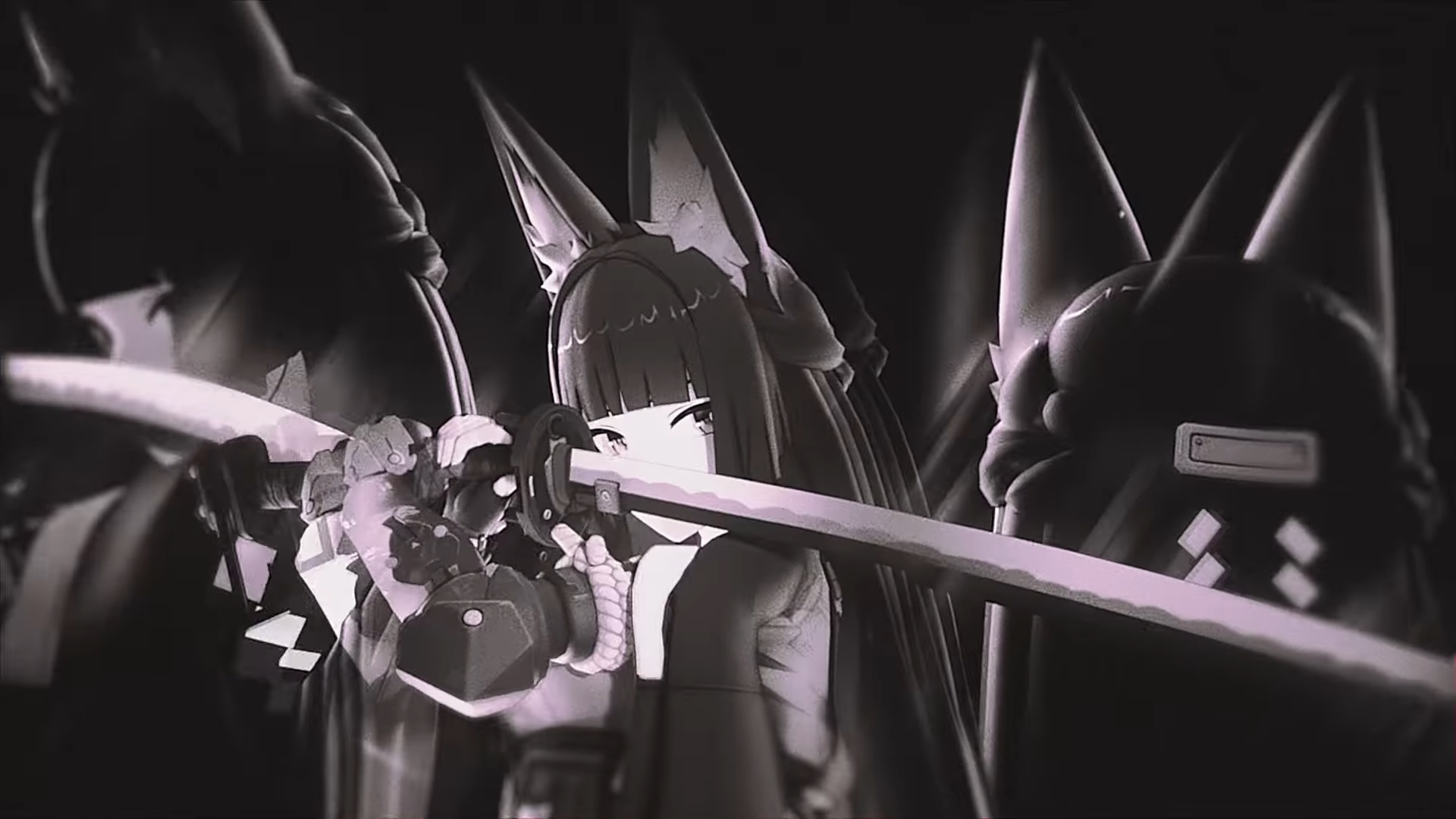
Zenless Zone Zero is going through some changes. After a successful launch and a few good characters, Genshin Impact developer HoYoverse's latest game, a gorgeously animated urban action RPG with a decidedly more mature veneer than the likes of Genshin or Honkai, is approaching update 1.4. The patch is due later this month, and along with new playable Agents and hotly requested features like the option to walk around with more of those Agents, it's packing a foundational change to a core and controversial element: TV mode.
TV mode has become everyone's way to refer to the minigame that comes up during and between many combat and story sections in ZZZ, even catching on among the devs themselves. A maze of lo-fi TV screens appears and you navigate around it, collecting items for your run and solving light puzzles. To many players, TV mode is less fun than proper combat. Enough players complained about getting bogged down by this minigame that HoYo is actively dialing back the prevalence of TV mode in many sections, most notably story content. This has been an ongoing process, but update 1.4 represents an especially big jump away, though it's not disappearing entirely.
Ahead of update 1.4, I spoke with three Zenless Zone Zero developers via email to drill down into the effects of the patch and where this game is headed. I performed my journalistic duty by asking about it, but producer Zhenyu Li, Game Designer X, and Game Designer Y – as they wished to be called – didn't directly comment on how unabashedly horny this game is or the, uh, love that players show Agents. They did, however, have a lot of interesting stuff to say about TV mode, future updates, new combat modes, and a lot more.
Here's the full interview, lightly edited for clarity and length.
Goals, growing pains, and game balance
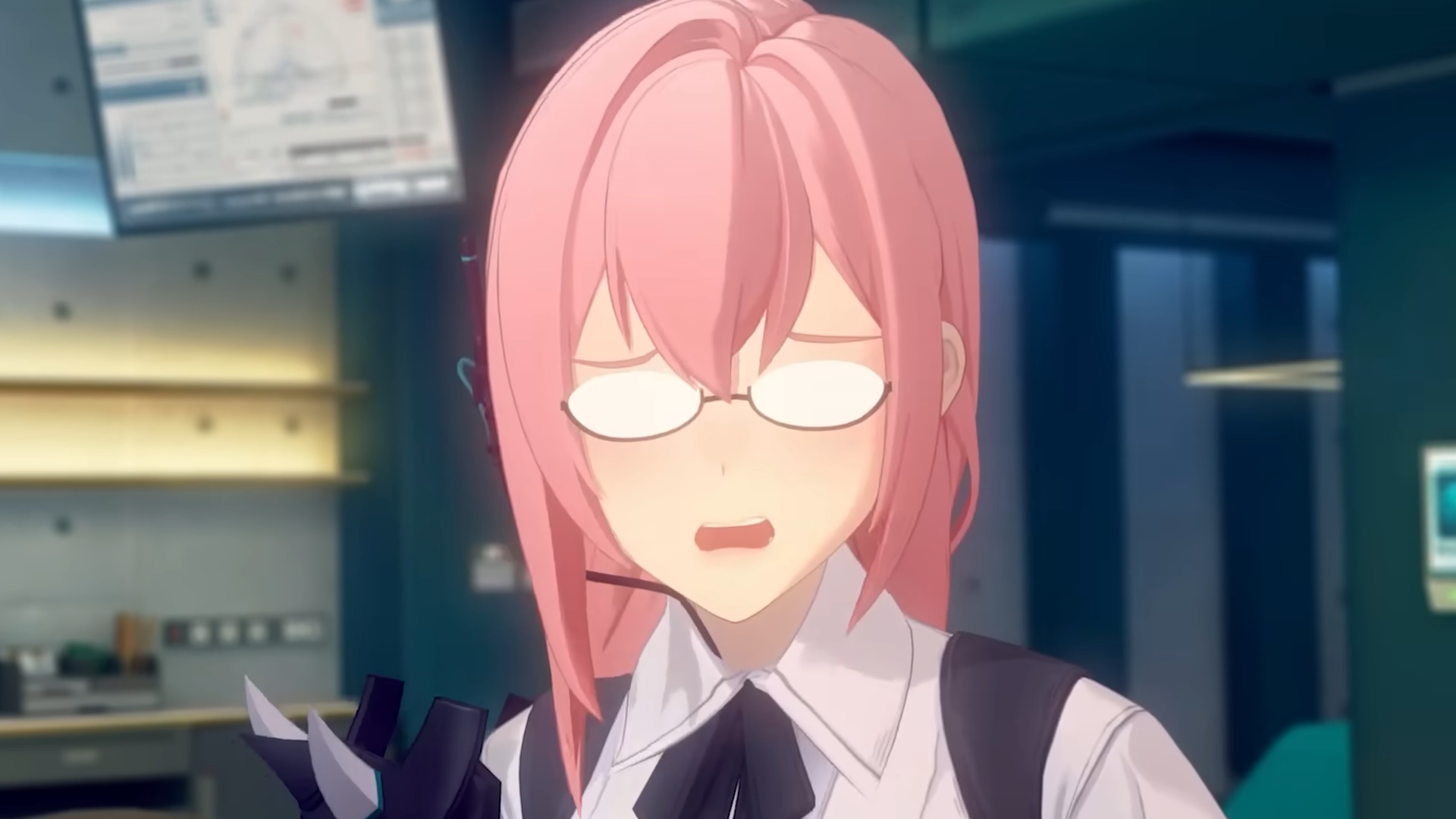
GamesRadar+: In your view, what problems is ZZZ currently facing, and how are you trying to solve them?
Producer Zhenyu Li, Game Designer X, and Game Designer Y: Zenless Zone Zero's character action modules are among the most complex on the market, demanding high standards in both design and production capacity. After the game's launch, time constraints became even more pressing for the development team. Fortunately, our team has since improved coordination and greatly enhanced efficiency. Meanwhile, in the game's long-term operation, we are working to establish a similar understanding with players by proactively addressing issues with released content and providing quick solutions.
Designing endgame content that properly reflects players' combat skills, mastery of mechanics, and character progression is a constant challenge for a long-term action game like Zenless Zone Zero. Our development team is committed to offering players more opportunities to showcase their combat techniques and character progress. For example, in Version 1.3, we introduced the tower-climbing mode, "Simulated Battle Trial," which provides a platform for players to clearly see how their combat skills have improved.
Sign up to the GamesRadar+ Newsletter
Weekly digests, tales from the communities you love, and more
Balancing the needs of different player types, such as those who prefer content-driven gameplay or action-focused experiences, is essential. The core goal of Zenless Zone Zero is to bring the fun of action games to a broader audience. To achieve this, in addition to the core combat experience, we've designed daily tasks, arcade games, and other gameplay modes to cater to the diverse preferences of players. Moving forward, we will continue to explore ways to better integrate content-driven and combat-focused gameplay, enhancing the interplay between the game's diverse modes.
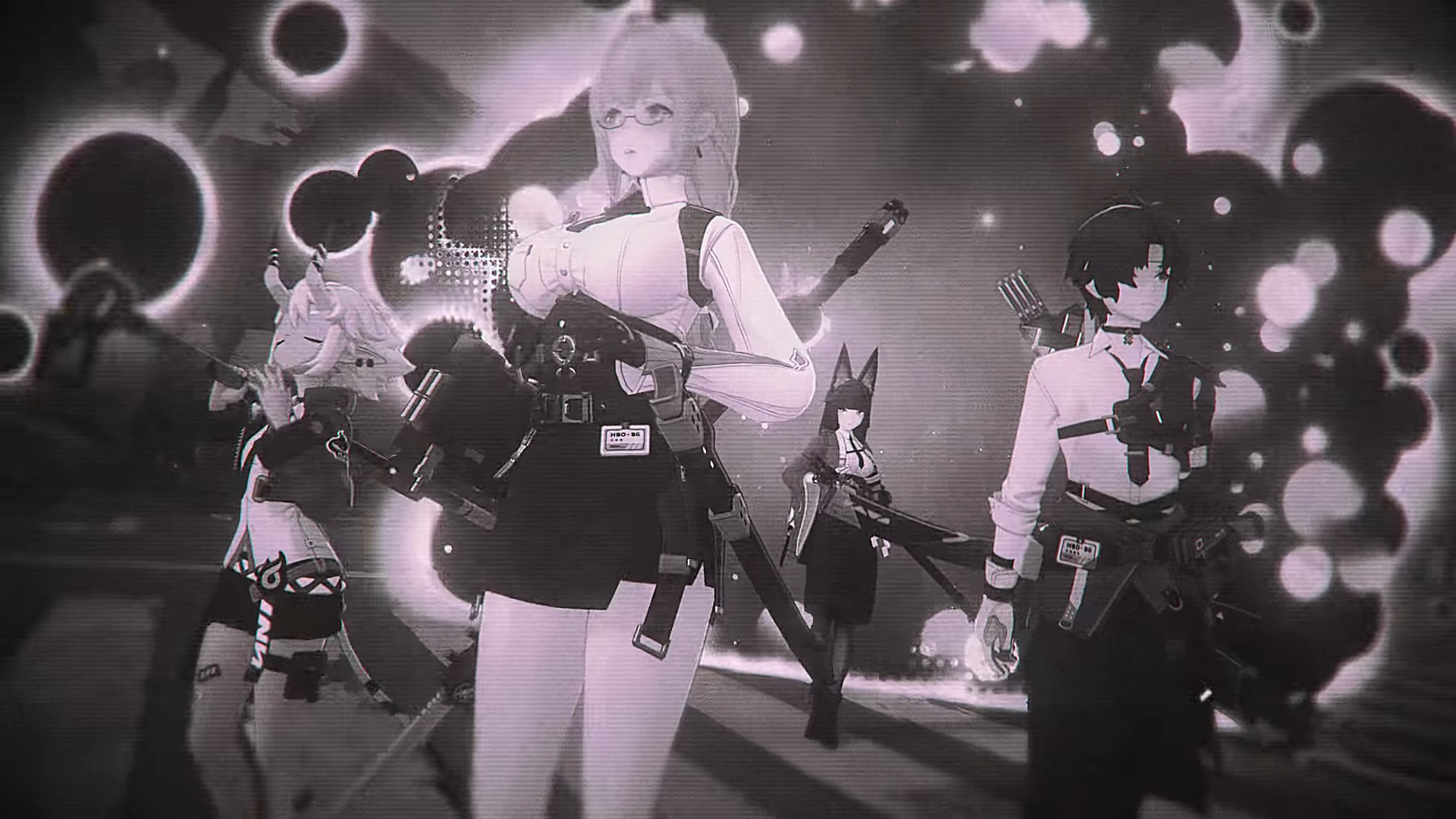
Were you or the team surprised by the amount or intensity of feedback from players saying they didn't want to spend so much time in TV mode?
From the early stages of development, we envisioned Zenless Zone Zero as a game designed for long-term operation. Like any living entity, the game will grow and evolve with the support of its players. The TV mode has been one of the most frequently discussed features based on player feedback, which is why it has undergone significant changes from Version 1.0 to the current Version 1.4. For us, player feedback is a crucial driving force behind the game's long-term growth. We are neither surprised by nor dismissive of any feedback. Instead, we sincerely appreciate all feedback and are always eager to listen to what every player has to say.
What was the original design goal for TV mode? What problem was it meant to solve, or what was it supposed to bring to the overall ZZZ experience?
Zenless Zone Zero is developed by a young team, with many of our core members deeply involved in game production for the first time. Our passion for creating something truly unique and enjoyable has emboldened us to experiment with new ideas. This courage to innovate was integral to the initial concept of TV mode — we sought to combine the concept of the Proxy with a distinctive stage design, offering players an experience they couldn't find anywhere else. Through TV mode, we aimed to present players with a fresh approach to Hollow exploration, seamlessly integrating narrative, combat, and interaction in a unique way.
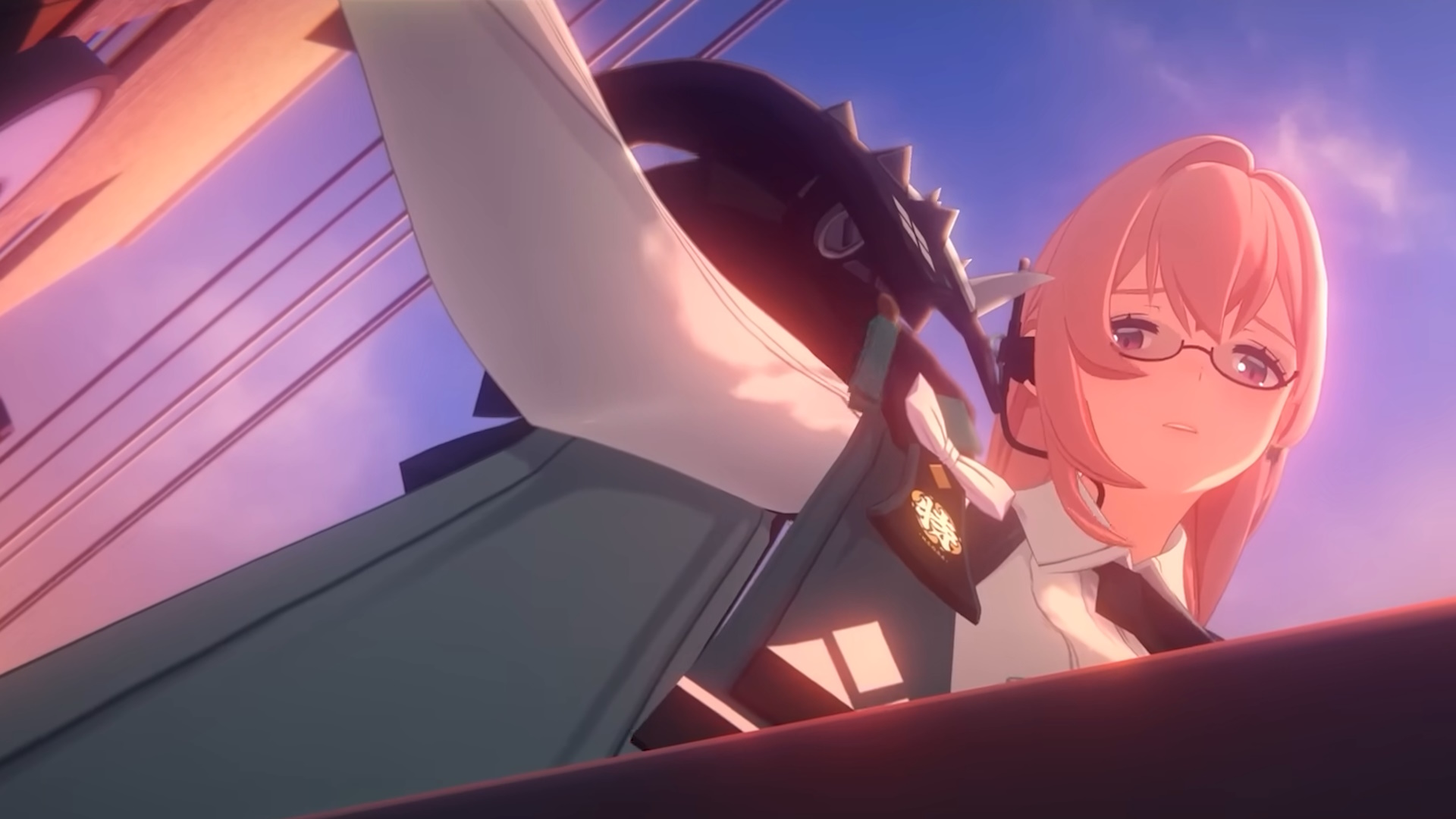
Measured against those goals, where did TV mode succeed or fail?
Based on our observations, experiences, and player feedback, TV mode has undeniably brought a unique style to Zenless Zone Zero. Many players see TV mode as one of the key features that distinguishes Zenless Zone Zero from other games. Meanwhile, TV mode has also introduced fresh ways of storytelling and added unpredictability and strategy to the gaming experience. As we can see from the positive feedback, players have really enjoyed the more interactive and enjoyable boards like Camellia Golden Week. However, the balance and overall integration of boards in the game have sometimes felt abstract or disjointed. We've already made adjustments in previous updates and will continue to assess and refine this aspect.
Were there split opinions among the development team? Did many people internally argue that TV mode might be unpopular?
Within the team, there have been differing opinions about its role and whether to maintain its distinct visual style. From the closed beta phase through to Version 1.4, we've consistently worked to fine-tune the proportion of TV mode in the game and its experience standards. Our ultimate goal is to preserve the unique qualities of TV mode while making the overall gameplay experience smoother and more enjoyable for players.
From my personal perspective, the issues players have raised mostly concern the proportion and presentation of TV mode within the game, rather than the concept of TV mode itself. That's why we haven't removed it entirely, but have chosen to continue refining it. Moving forward, we will continue to take player feedback into account and implement optimizations as needed. This will be a long-term effort.
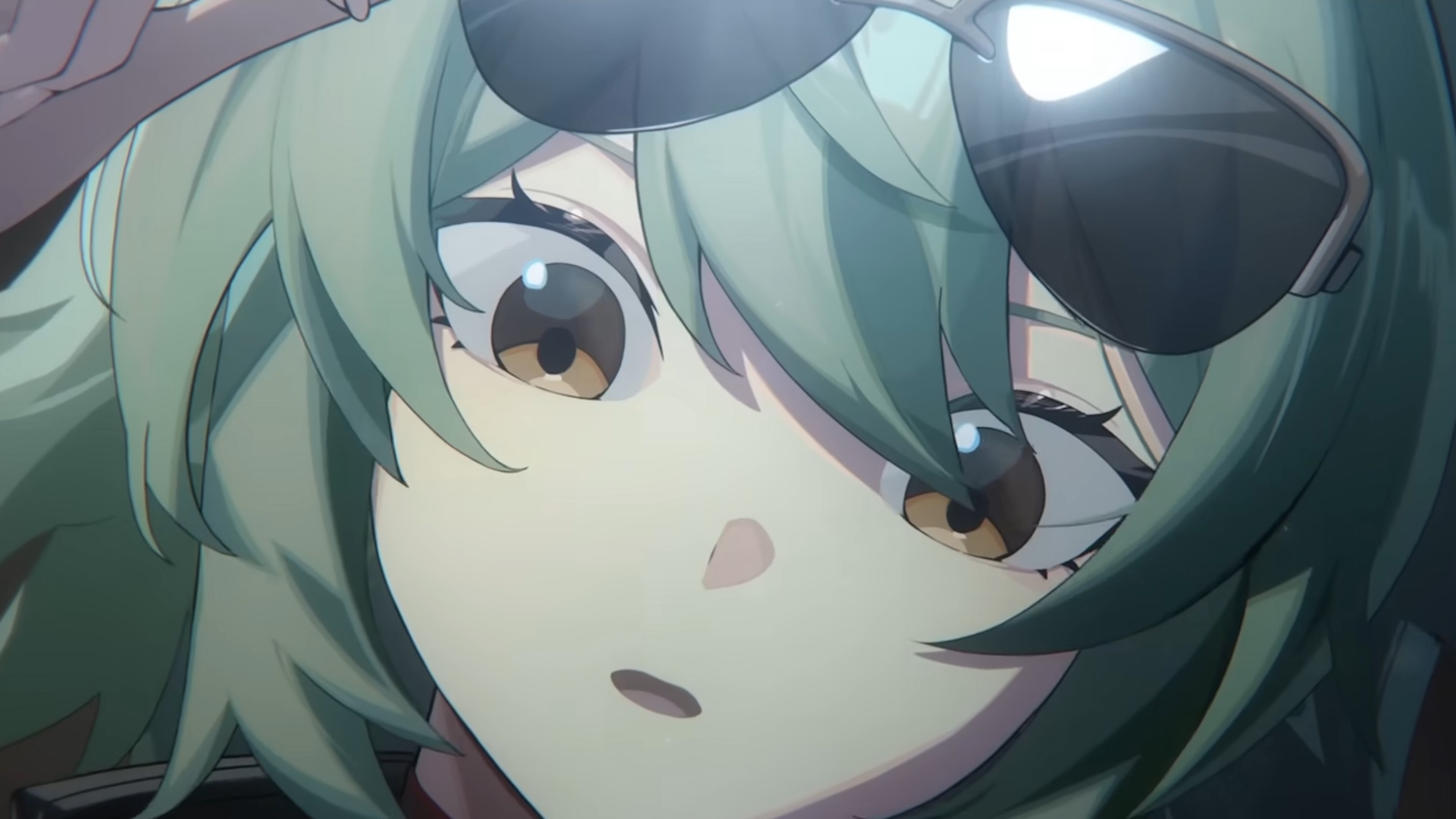
Is there a perfect middle ground between people who are worried about almost never seeing TV mode anymore, and the people who do actually never want to see it again? How will you hit that ratio going forward without losing what makes ZZZ unique compared to other action games?
To be honest, even within the team, each of us as individual players have different preferences for the experiences we seek in the game. Given the diverse player base of Zenless Zone Zero, finding a "perfect middle ground" that satisfies everyone is nearly impossible — or even approaching this as a question with a definitive "correct answer" is not feasible.
Our current solution is to give players the choice to engage with TV mode without feeling pushed into it. This means that even those who aren't enthusiastic about TV mode won't find it affecting their core experiences, such as the Main Story missions. We will continue to assess the effects of these optimizations and strive for the best possible outcomes.
From the start of the project, our team decided to incorporate roguelike elements to create a more engaging long-term experience
Producer Zhenyu Li, Game Designer X, Game Designer Y
Changing gears, since launch, it's felt like some players were surprised they couldn't explore as their favorite Agents. This is easy for me to say, but: why did it take multiple updates to add a way for players to walk around while playing as their Agent of choice? I do remember that technical issues with models for characters like Ben were mentioned previously.
The decision to implement this feature originated from strong demand within the player community. However, from a development perspective, Agent exploration in the City represents a completely independent system that requires substantial resources to develop. In previous updates, we experimented with adding exploration features for certain characters, which received positive feedback from players and confirmed the necessity of this feature.
During early testing, characters with special body types, like Ben, encountered issues such as getting stuck during city exploration. After our QA and other teams dedicated significant time to identifying and resolving these problems, we've now resolved most of the potential issues. As the feature rolls out, we will continue to monitor player feedback and address any issues that arise in real-time.
Will ZZZ add more ways to interact with Agents in the future? What might those interactions look like?
In Version 1.4, we've introduced a companion feature that allows Agents to accompany players. We plan to add more ways to interact with Agents in the future. The specific details are currently in the design phase, and we will share updates at the right time.
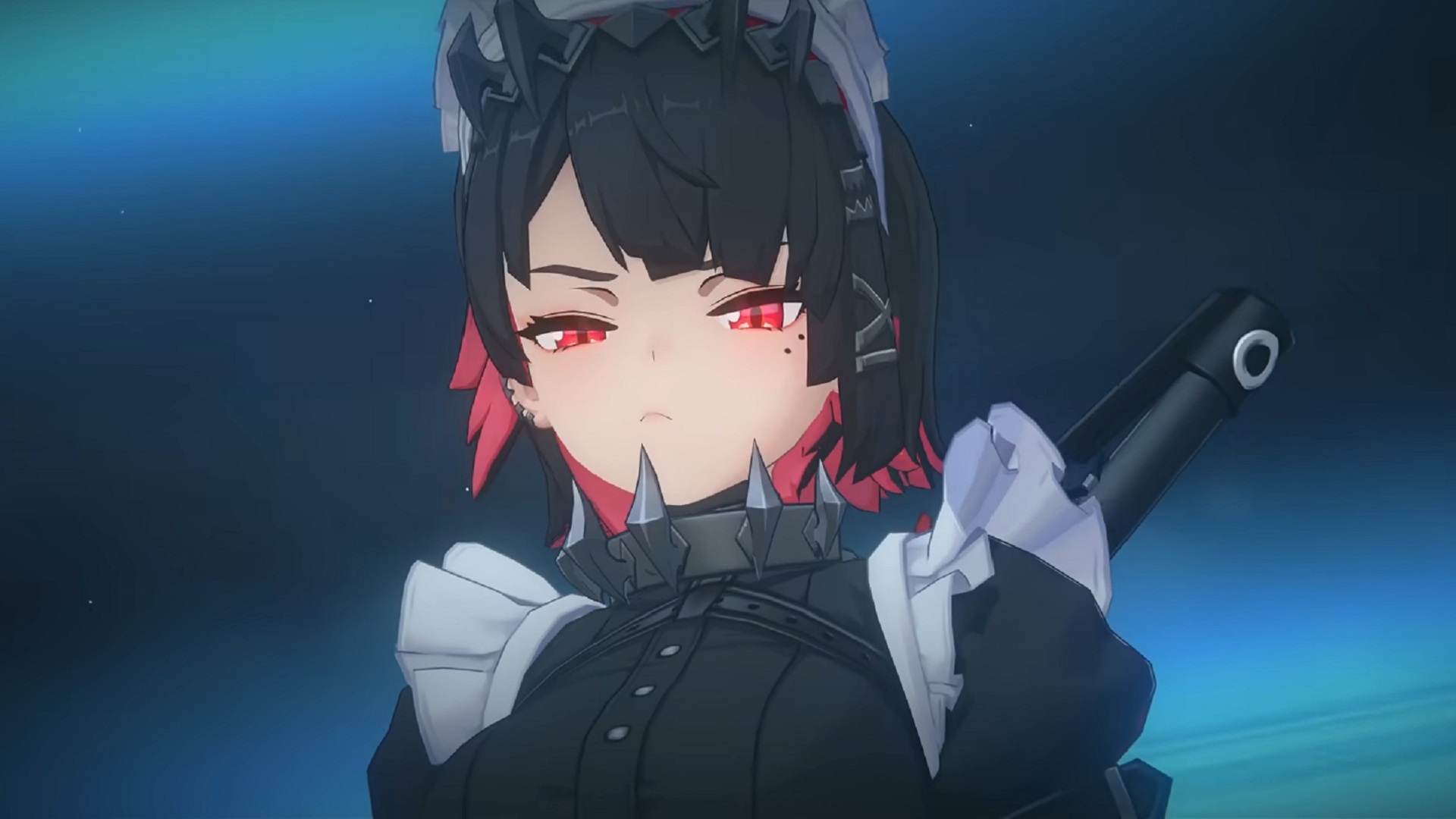
Looking at combat, with shared Decibel generation, how are you balancing this new system to ensure that it's not suddenly much harder or slower to use the Ultimates of off-field characters?
In the new Decibels system, we've optimized both the values and mechanics. Starting from Version 1.4, each character will individually accumulate Decibels, and the on-field character will also generate a proportion of their Decibels accumulated for the off-field characters. This change aims to address the challenge of activating off-field characters' Ultimates. We hope this adjustment provides each character with more opportunities to shine and grants players greater freedom in deciding when to use an Ultimate.
Some more roguelike ideas have come up recently. With new additions to Hollow Zero and other game modes, how are you looking to combine the strengths of the roguelike genre with ZZZ's action systems? What do you think makes roguelike gameplay compelling?
The randomness and freshness of roguelike gameplay naturally give it strong replayability. Therefore, from the start of the project, our team decided to incorporate roguelike elements to create a more engaging long-term experience. Initially, we considered deeply integrating roguelike gameplay with Zenless Zone Zero's broader systems. However, since roguelike structures are centered around core combat stages, while the game's narrative and peripheral systems have more complex requirements, these elements sometimes conflicted. As a result, we developed a large, constantly updating feature, Hollow Zero, to carry this gameplay. Moving forward, we will focus on enhancing the variety of player experiences during Hollow exploration, emphasizing freshness and randomness in each battle.
How will you push ZZZ's combat system forward with new objective and battle criteria?
With new combat objectives and ranking criteria, we want to offer players a more diverse combat experience. For those who aim for perfection, we're introducing gameplay options that allow them to push their limits or achieve perfect clears. For players less familiar with combat, there are also varied modes to help them discover a playstyle they enjoy. Whether it's no-damage runs, speed clears, or using specific techniques, we want everyone to experience the joy of combat in their own way.
These games like Genshin Impact are perfect for anyone looking for something new to jump into

Austin has been a game journalist for 12 years, having freelanced for the likes of PC Gamer, Eurogamer, IGN, Sports Illustrated, and more while finishing his journalism degree. He's been with GamesRadar+ since 2019. They've yet to realize his position is a cover for his career-spanning Destiny column, and he's kept the ruse going with a lot of news and the occasional feature, all while playing as many roguelikes as possible.


